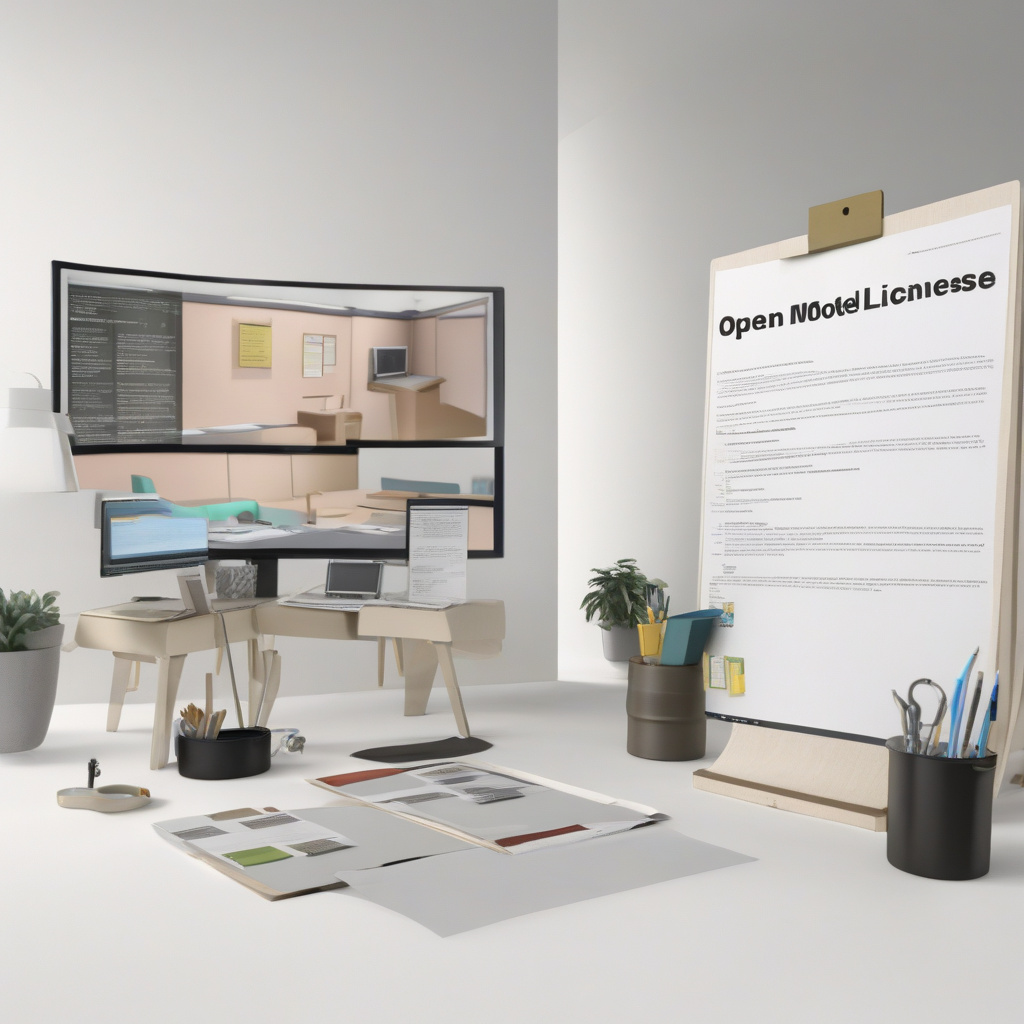In the fast-paced world of technology, the concept of open-source software has become a cornerstone of innovation. Open models and licenses provide developers with the freedom to access, modify, and distribute software, fostering collaboration and driving progress. However, not all “open” licenses are created equal. In recent news, Google’s release of Gemma 3, an open AI model, has sparked discussions around the limitations and restrictions that can accompany such initiatives.
Despite the initial excitement surrounding Gemma 3’s impressive efficiency, developers soon discovered that the model’s license imposed significant constraints on commercial usage. This revelation has reignited the debate on the potential pitfalls of open licenses that come with strings attached. While the intention behind open models is to promote sharing and collaboration, restrictive licensing terms can hinder innovation and limit the practical applications of these technologies.
One of the primary concerns raised by developers is the ambiguity and complexity of certain open licenses, which can make it challenging to navigate the legal landscape surrounding the use of these models. In the case of Gemma 3, the restrictions on commercial use have raised red flags among developers who rely on such models for their projects.
The issue of restrictive licensing is not confined to Gemma 3 alone. Companies like Meta have also been known to impose custom licenses that place limitations on how their AI models can be utilized. This trend highlights a broader challenge within the tech industry, where the desire to protect intellectual property and commercial interests sometimes clashes with the principles of openness and collaboration.
As technology continues to advance at a rapid pace, finding a balance between fostering innovation and safeguarding commercial interests remains a complex and ongoing challenge. While open models have the potential to drive progress and democratize access to cutting-edge technologies, the presence of restrictive licenses can stifle creativity and limit the impact of these innovations.
In navigating the landscape of open licenses, developers are encouraged to carefully review the terms and conditions associated with different models to ensure compliance and mitigate potential risks. Transparency and clarity in licensing agreements are essential for promoting trust and collaboration within the developer community.
Ultimately, the debate surrounding open licenses underscores the importance of striking a balance between openness and commercial viability in the tech industry. By addressing concerns around restrictive licensing and promoting clear guidelines for the use of open models, we can create a more inclusive and innovative environment for developers to thrive.
In conclusion, while open models have the potential to revolutionize the tech industry, it is crucial to address the concerning restrictions that can accompany such initiatives. By fostering transparency, collaboration, and fair usage policies, we can harness the power of open-source technologies to drive meaningful progress and innovation in the digital age.

